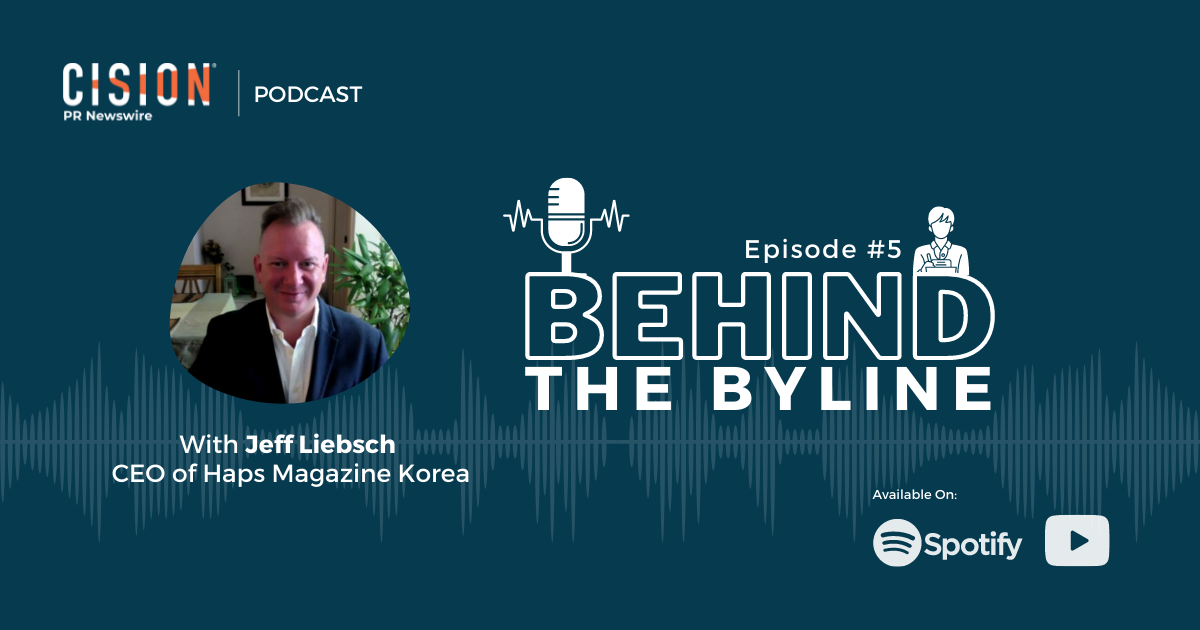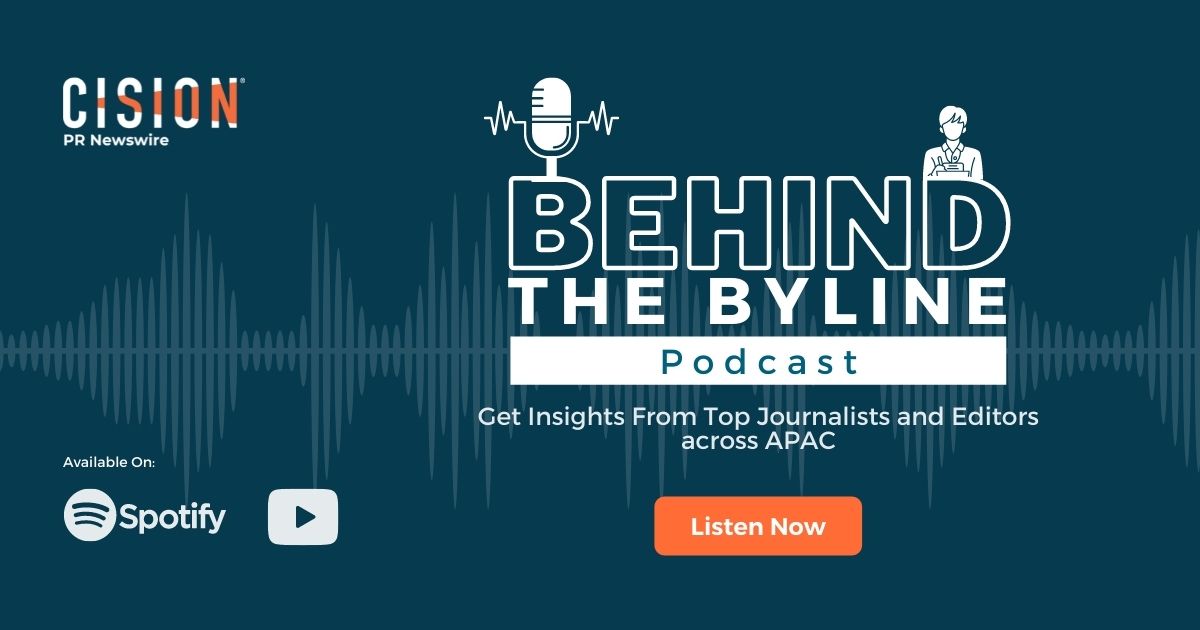Switching from journalism to public relations is quite a common path, but for Jeff Liebsch, CEO of Haps Magazine Korea, it is the other way round. And he did so by overcoming language and cultural barriers thousands of miles away from home.
It was 2009 when Jeff, who travelled to South Korea to start a new chapter in life, got a copy of the bi-monthly magazine from its founder in the southern coastal city of Busan. After flipping through the English publication, the Canadian found the content surrounding local community appealing and decided to join the outlet.
Before Jeff came to South Korea, he was with a PR firm in Detroit. Though moving to journalism and working abroad means Jeff has to switch everything that he is used to, the former PR pro enjoys the perks of being a journalist. He gets “a lot of access to events that most people obviously don’t get access to” and talks to people from different industries such as business owners, athletes, and celebrities.
A year or so before the pandemic, Jeff took over the magazine and the first thing he did was to stop printing 5,000 copies every two months. The editor-in-chief would like to solely focus on online content because it is “a lot easier to do a website where you could put out information more every day”. In addition, he constantly follows web analytics to understand what readers are interested in. One of the examples is an article about popular Korean baby names, which was published years ago but still gets views today.
With hands-on experience in both journalism and public relations, Jeff shared his thoughts about well-written press releases. He said those with a short and succinct subject would grab his attention. He also prefers high-quality photos that are sent separately from the press releases, instead of embedded into the document files.
In the fifth episode of PR Newswire’s monthly podcast series, Behind The Byline, Jeff shares why and how he joined Haps Magazine Korea, his most memorable assignment, and the reason he stopped print operations. He also talks about the perks, difficulties, and culture shocks he experienced as a foreign journalist in South Korea. When it comes to press releases, Jeff pinpoints what captures his attention and how images should be formatted.
The podcast is available on Spotify, Anchor, and YouTube.
Here’re the highlights from the podcast:
1. What seems to be essential for a local, foreign language magazine to gain readership?
We are looking more at digging deeper into the city of Busan. We’ve done everything from ‘Best Place to Live’. We started that series during COVID where we would take different areas of Busan, and when people are coming to look here, they would be able to have at least an idea of the different areas.
I think it’s also essential to network, probably most important, really need to have a big network of people where you can be able to talk to people from different fields, different businesses. They also help you get connections into other people. We started our first network event last month; we also have the European Chamber of Commerce down here who does networking.
2. How did the pandemic affect the news and readers of Haps Magazine Korea? How did you cope with the challenges?
We were kind of event-based a lot more before the pandemic happened. And then when all of a sudden there was no events, I really had to take a look at what I was doing. What I did was expanded our coverage outside of Busan, we started focusing a lot on Busan and Gyeongnam regions, looking more around Korea for articles and stuff that we can write. Because of that, it really changed the way that I did the magazine. Surprisingly, I am publishing more articles now than before the pandemic.
3. Would you share your experience and opinion on well-written press releases?
The well-written press releases I always look for something that’s professional. For me, it’s the subject if I’m going to click it or not because I’m getting hundreds of these. Well-written subject that grabs your attention is very important. And also I would say for me I prefer images that are sent separately from the press releases that are not embedded into the press releases. That’s one that I prefer to open and look at.
4. How can PR professionals catch the attention of journalists through their media pitches?
Using really high-quality photography and photos for your events are really big for me, because I need to use the image on my site. If the image doesn’t look good, then I might not want to use it or use it for a story. I might not even print the story just because the image is so bad. For me, I have photos on every article that I do so the image is just as important as the text.
SOUNDBITES
2m05s: What inspired Jeff to become a journalist
3m30s: Perks of being a journalist
4m31s: What brought Jeff to Haps Magazine Korea
7m08s: What brought Jeff to Busan, South Korea
8m44s: Jeff’s most memorable assignment
13m12s: Difficulties and culture shocks Jeff as a journalist faced
16m: How a English magazine based in Busan gains readership
19m14s: Using data and analytics to develop content
20m23s: Impact of COVID on Haps Magazine Korea
22m02s: Tips on writing press releases
24m40s: How PR pros can catch the attention of journalists
26m36s: Trends that Jeff is keen to cover
NOW READ: Behind The Byline Podcast: With Rachel Lee, Assistant Editor, TTGmice and TTGassociations
Look out for upcoming episodes of the Behind The Byline podcast on our Spotify, Anchor, and YouTube channels, so be sure to subscribe to them to receive the latest episodes!
Up next in September, we will be chatting with Eiko Endo of The Oriental Times. Stay tuned!


